

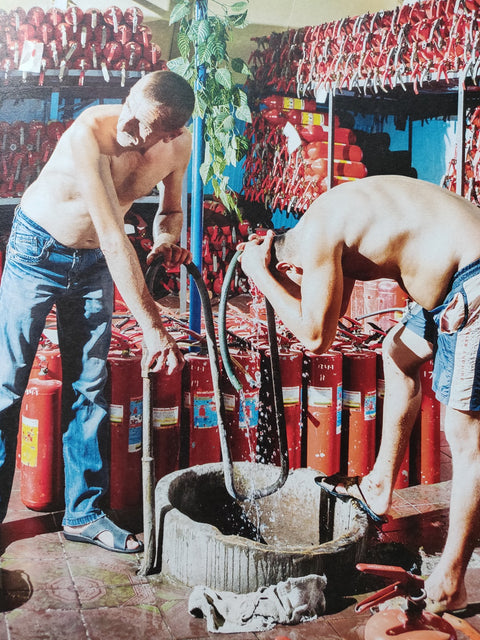
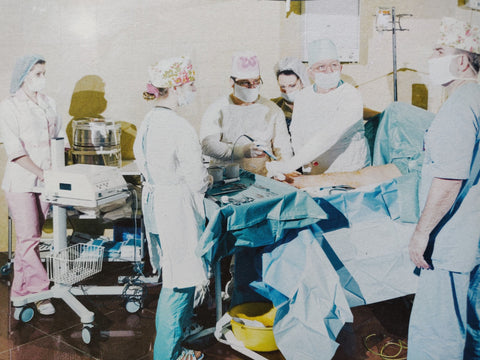
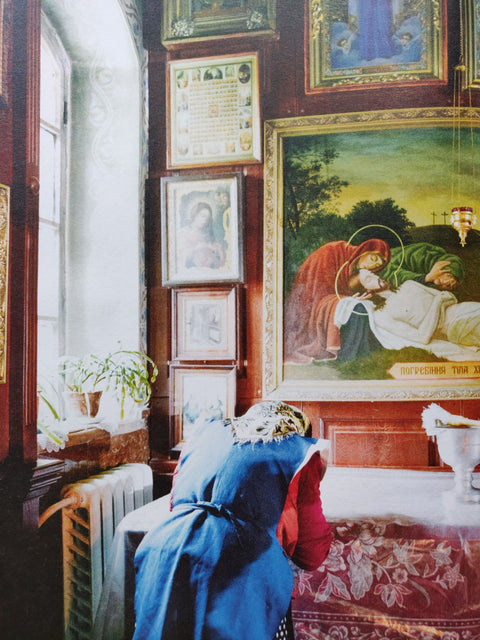



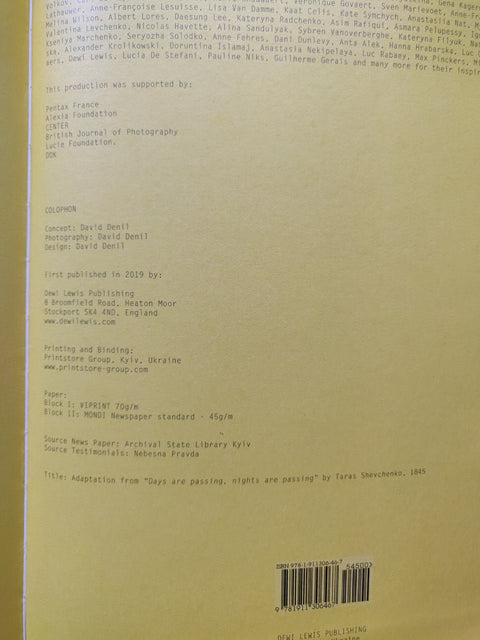
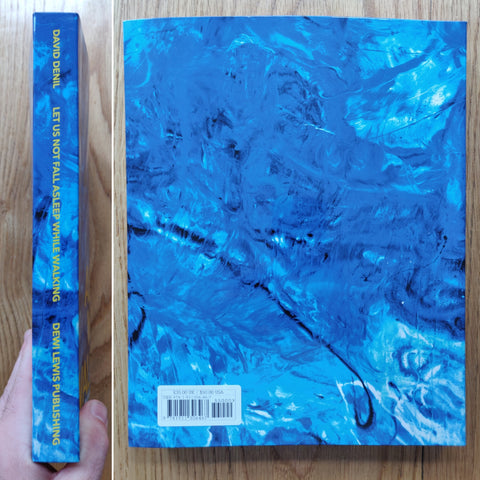
Let Us Not Fall Asleep While Walking
2019
Let Us Not Fall Asleep While Walking by Daniel Denil. First edition first impression in new condition. No markings, this is a new book. Please see pictures. PayPal accepted, any questions please get in touch.
About Let Us Not Fall Asleep
Let Us Not Fall Asleep While Walking explores the impact of the ongoing war in Ukraine by focusing on aspects of daily life, rather than the war itself. It is a collaborative project in which Denil has worked with Ukranian people to translate their individual experiences and thoughts. It is as if time is frozen, though the dreams and the hopes remain. In the Donbass region of Eastern Ukraine the ongoing war has raged now for over five years. Donbass, with its unofficial capital of Donetsk, was once the most densely populated of all the regions of Ukraine apart from the capital city of Kiev and was an important industrial area. Ukraine gained independence from the Soviet Union in 1991 after which it declared itself a neutral state. But in 2013, protests broke out in central Kiev after the government of President Yanukovych decided to suspend the Ukraine-EU Agreement and instead to strengthen economic ties with Russia.
Months of demonstrations and protests, known as The Euromaidan, escalated into the 2014 Ukrainian Revolution. Yanukovych was eventually overthrown and a new government established. These events preceded both the annexation of Crimea by Russia in March 2014 and the still ongoing war in Donbass. Let Us Not Fall Asleep While Walking is filled with much more than Denil’s consistently strong photographs. Interleaved among the images are essays (on yellow paper) and newspaper clippings (in enlarged type, sometimes on half cut pages) that provide context to the events on the ground. Denil has also included seven sections of personal obituaries of the fallen (on slightly smaller/thinner pages), each with a crumpled family photo, a biography (including the way the person was killed), and some stories of their participation in the protests or their lives more generally.
This approach gives faces and personalities to the faceless, making the political abstraction of the uprising much more human. Additional found imagery and ephemera are also interspersed, providing further allusions to tides of religion, war, and faded memories. As an integrated flow, the ideas merge and reinforce each other, with Denil’s photographs providing the framework of the book and the other materials adding richness and nuance. Dense and complex, the varied pieces come together naturally and without distraction.
Related Links
More books by Daniel Denil here.
More books by Dewi Lewis here.
